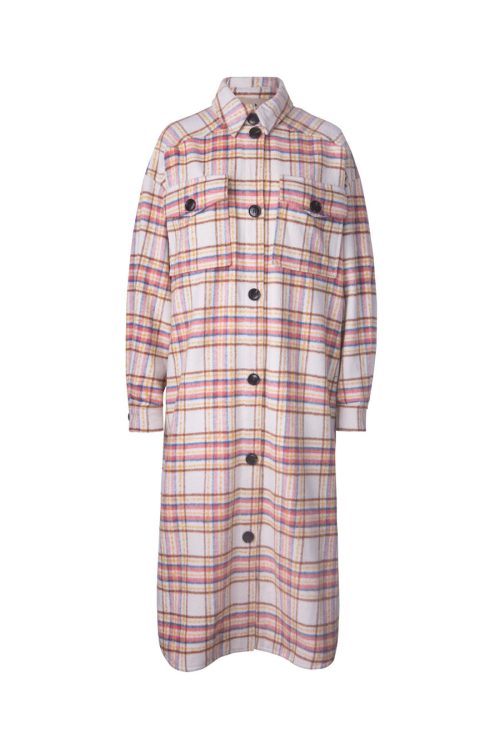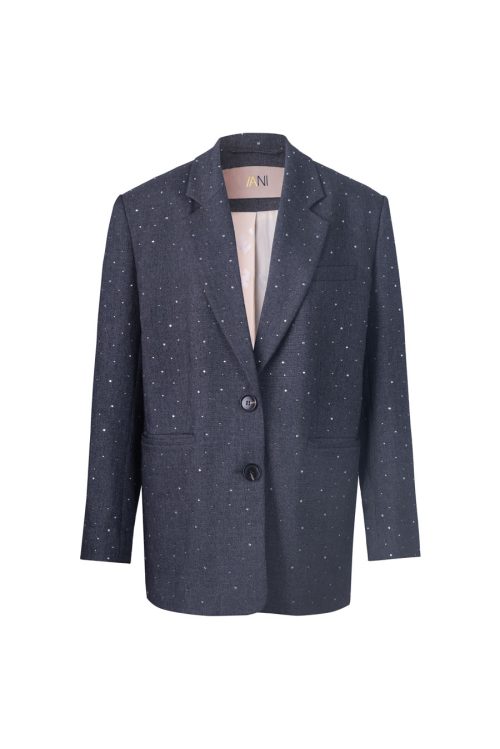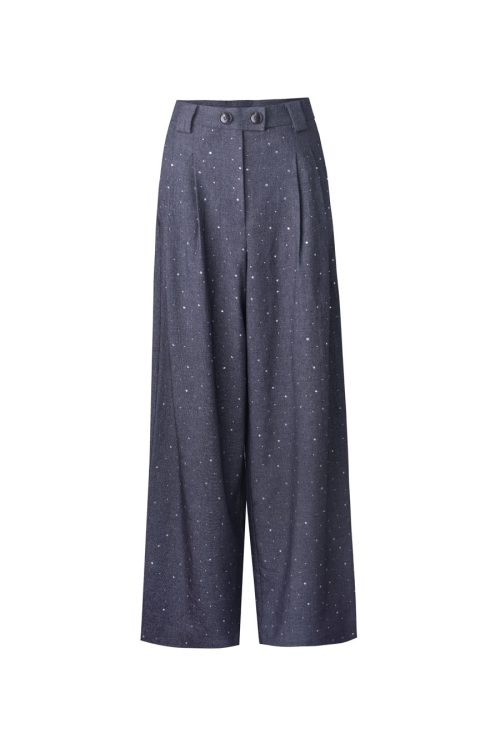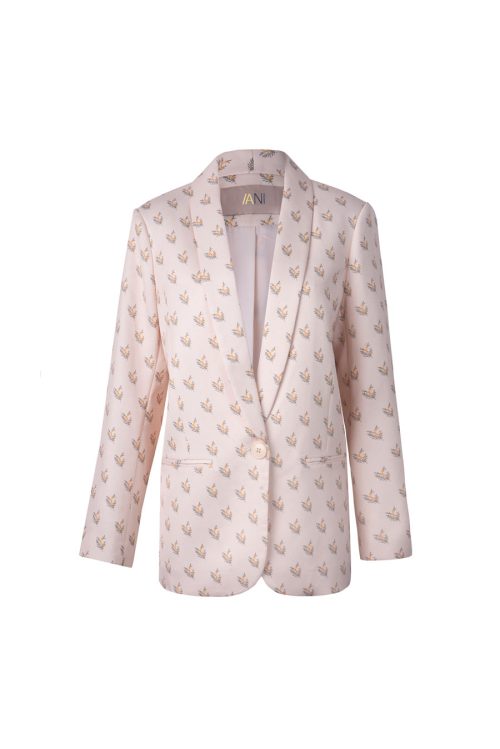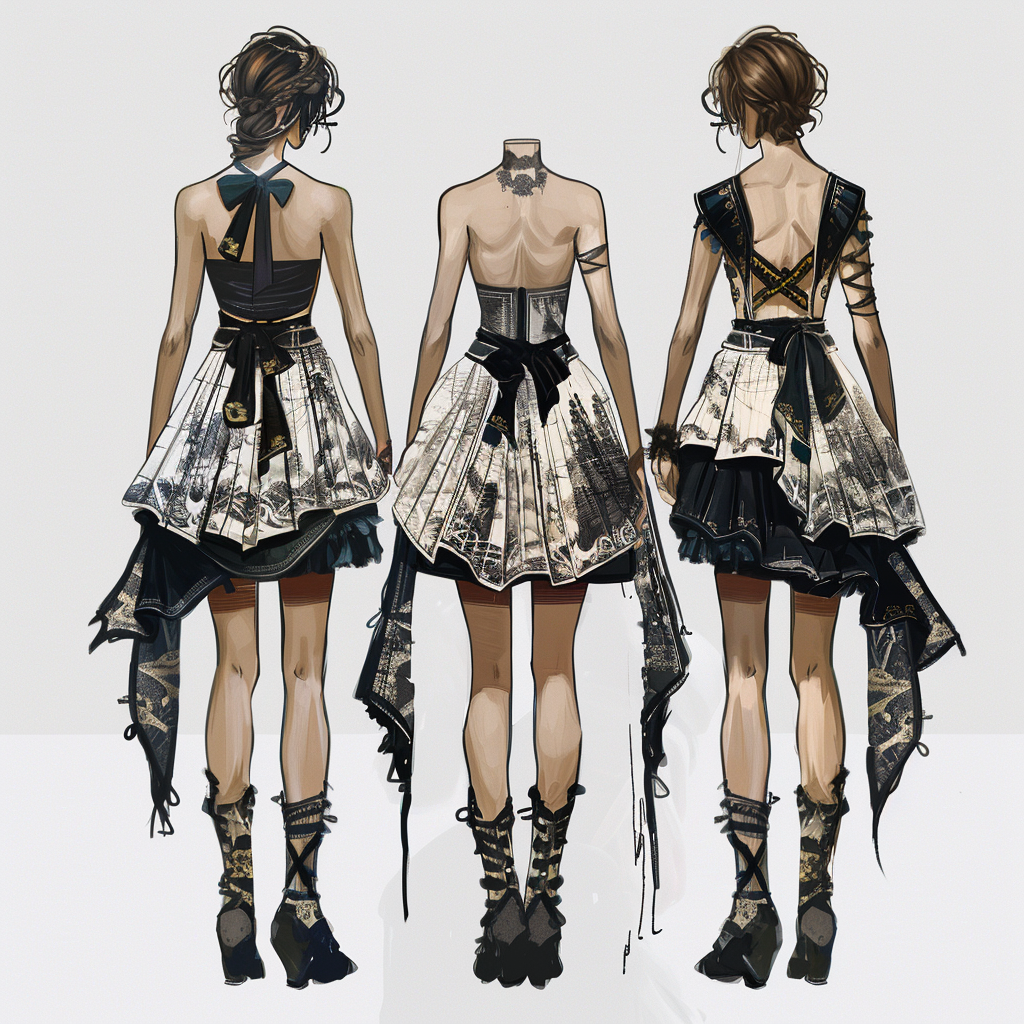
Introduction to OEM Brand Clothes
Original Equipment Manufacturer (OEM) brand clothes represent a significant and often underappreciated sector of the fashion industry. This approach allows fashion brands to design their products while outsourcing the manufacturing process to external factories, combining creative vision with production expertise. The significance of OEM in the fashion industry lies in its ability to offer cost-effective, high-quality, and efficiently produced clothing options for brands aiming to expand their product lines or enter new markets.
The Process of Creating OEM Clothes
The journey of OEM clothing from concept to consumer involves several critical stages. It begins with the Conceptualization and Design phase, where brands develop their vision for a new clothing line. This is followed by Material Selection, a key step in ensuring the final product’s quality and sustainability. Finally, the Production and Manufacturing stage brings the concept to life, turning designs into tangible products ready for the market.
Advantages of OEM for Brands
Opting for OEM manufacturing presents numerous benefits for brands. Cost-Efficiency is a significant advantage, allowing brands to produce clothing without the need for their own factories. Customization and Flexibility are also key, as OEMs can adapt to various design requirements and order volumes. Moreover, Quality Assurance processes in reputable OEM factories ensure that the final products meet the brands’ high standards.
OEM vs. ODM: Understanding the Differences
It’s essential to distinguish between OEM and Original Design Manufacturer (ODM) to appreciate the unique benefits of each. OEM focuses on producing goods based on the brand’s designs, while ODM providers design and manufacture products that brands can purchase and label. Each approach has its Pros and Cons, and the choice between them depends on a brand’s specific needs and capabilities.
Key Considerations for Selecting an OEM Partner
Selecting the right OEM partner is crucial for the success of any brand. Factors such as the manufacturer’s Expertise and Experience, Production Capabilities, and commitment to Sustainability and Ethical Practices should guide this decision. These considerations ensure a partnership that aligns with a brand’s values and production requirements.
Challenges and Solutions in OEM Clothing Production
While OEM manufacturing offers numerous benefits, it also presents challenges like Managing Quality Control, Ensuring Timely Deliveries, and Navigating Supply Chain Volatility. Addressing these issues requires proactive communication, robust quality assurance processes, and flexible planning to adapt to unforeseen circumstances.
OEM Brand Clothes: A Case Study
Analyzing a Success Story of a Renowned Brand that leveraged OEM manufacturing can provide valuable insights into effective strategies and common pitfalls. This section will explore the Lessons Learned and Best Practices that emerged from this experience.
The Future of OEM in the Fashion Industry
The OEM sector is poised for transformation, with Innovations and Technological Advancements driving efficiency and sustainability. The increasing focus on Sustainability reflects a broader industry trend towards responsible production practices, shaping the Market Predictions for OEM manufacturing.
FAQs About OEM Brand Clothes
This section will address common questions related to OEM clothing production, providing clear and concise answers to help readers better understand this manufacturing approach.
Conclusion
OEM brand clothes play a pivotal role in the fashion industry, offering a path for brands to realize their creative visions while leveraging the production expertise of specialized manufacturers. As the industry evolves, the importance of choosing the right OEM partner and adapting to market changes has never been more critical.

